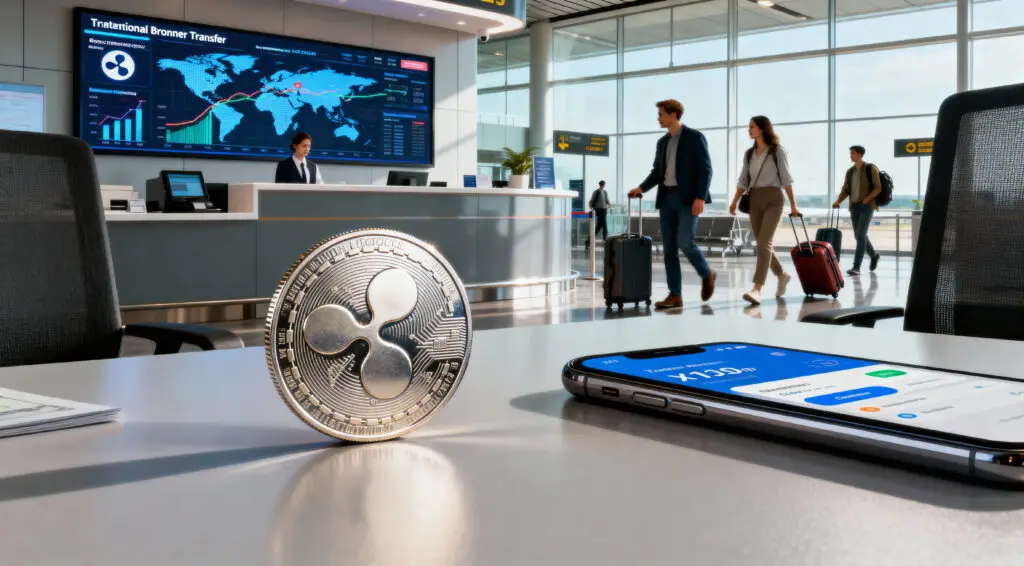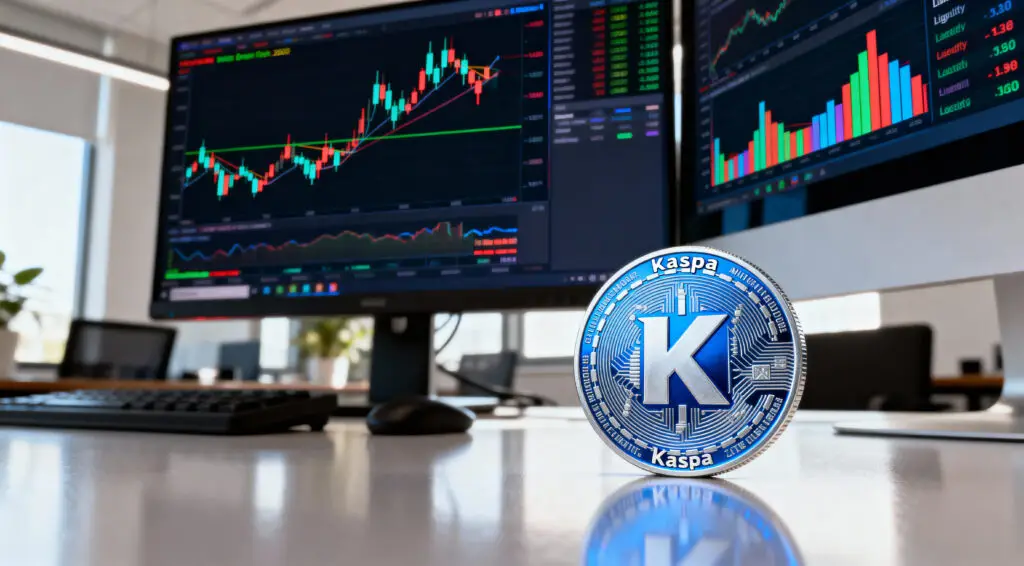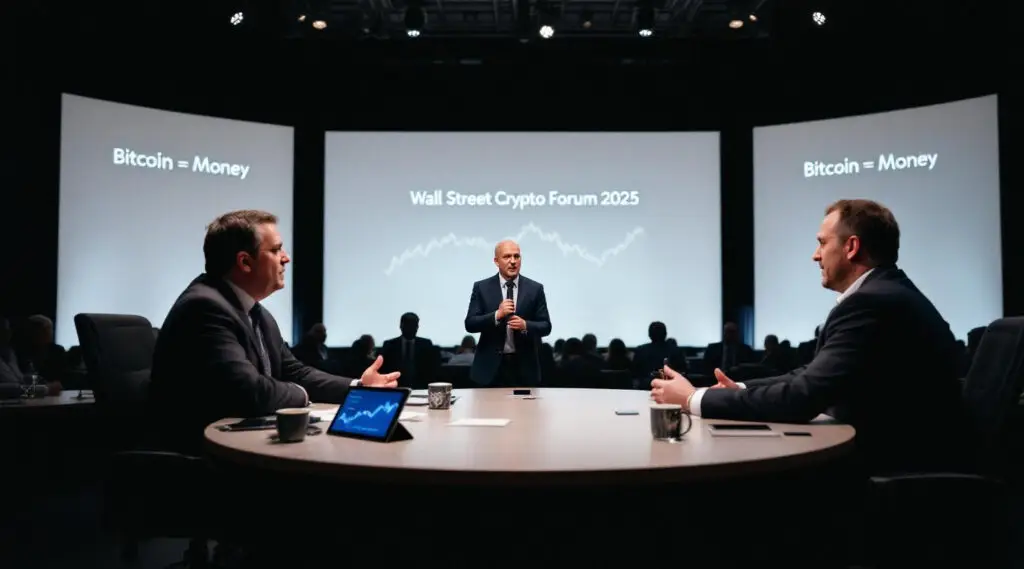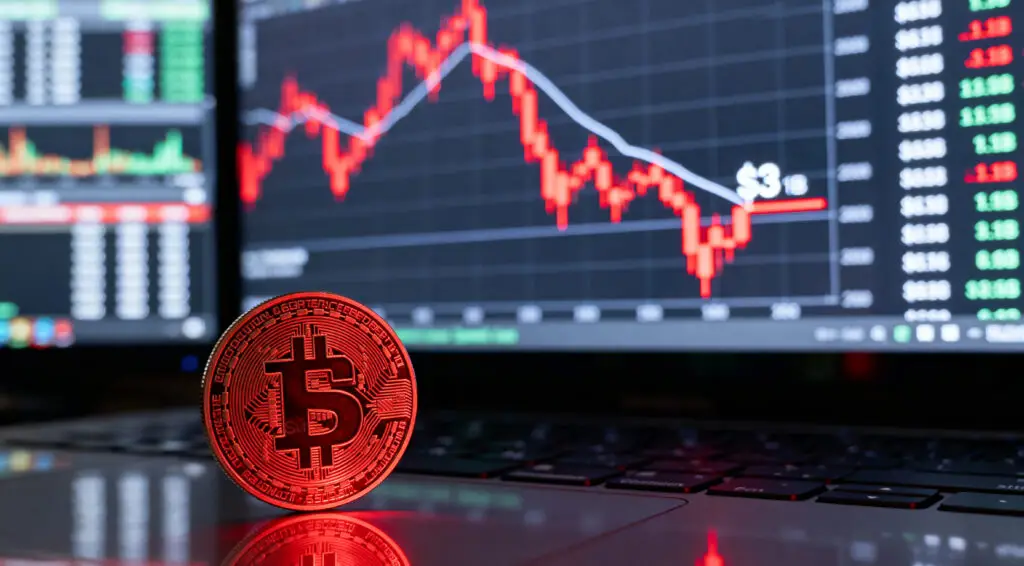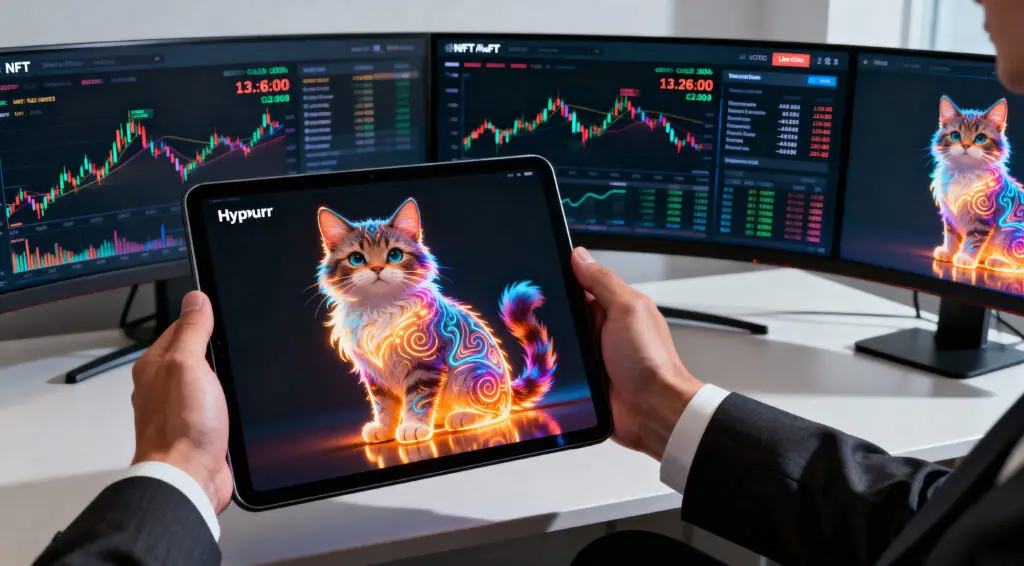XRP Revolutionizes Global Remittances and Payments
XRP changes remittances by getting rid of the need to pre-fund them, lowering transaction costs, and speeding up settlement times all over the world. XRP’s speed and low cost are very helpful for emerging markets because they let families get money right away without having to pay a lot of fees.
Ripple’s partnerships with banks and payment companies show how XRP can be used in real life. XRP makes cross-border payments easier, which helps millions of people around the world become more financially included and efficient. Projects in Asia, Latin America, and the Middle East show this.
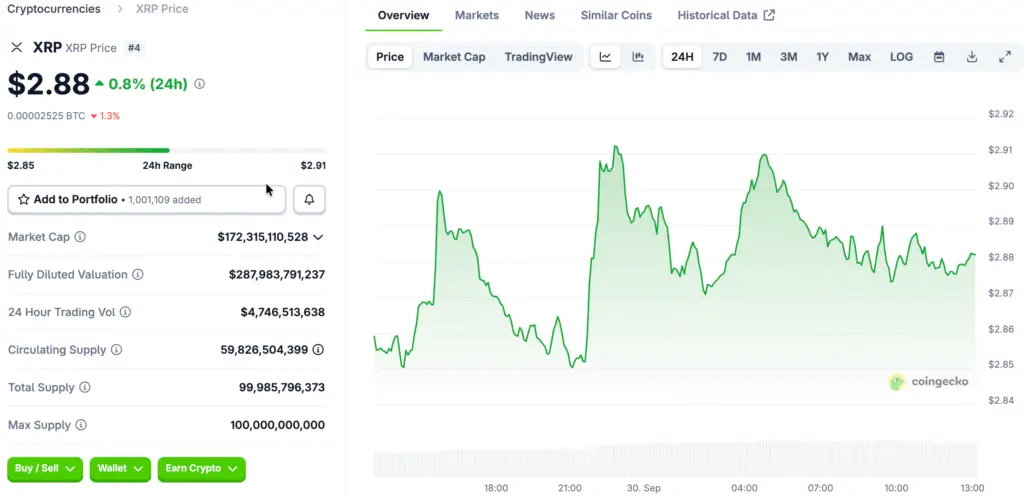
Loyalty and Travel Programs Boost Daily XRP Utility
Loyalty programs that use XRP bring blockchain into daily life, making it easier for users to earn rewards and make payments. Millions of people around the world use travel platforms that use XRP to book trips across borders, redeem rewards, and settle payments quickly.
Webus and Wetour set up a $300 million XRP treasury to help loyalty systems that use blockchain. This integration makes it easy for more than 60 million users to spend their rewards on rides, airport transfers, and other high-end travel experiences.
Institutional Adoption Strengthens XRP’s Market Credibility
Banks and other financial institutions that use XRP for settlements and liquidity show that it is a reliable asset. Their involvement increases trust and creates real demand, which sets XRP apart from other cryptocurrencies that are only for speculation.
XRP is used by SBI Holdings, Santander, and other big companies in their operations, liquidity strategies, and reserves. This shows that XRP is a good choice for treasury and payments, which means that institutions trust it and it has the potential to be used long-term.
Recommended Article: XRP Accumulation Phase: Key Business Implications Explained
XRPL Technology Enables Fast, Low-Cost Transactions
The XRP Ledger lets you do microtransactions quickly and cheaply, with transaction speeds of three to five seconds. Its ability to grow makes it useful for stablecoins, NFTs, tokenization, and DeFi projects, which makes its ecosystem more flexible.
XLS-20 added NFTs, and XLS-70 and XLS-80 made digital credentials and permissions better. These changes make XRPL’s infrastructure stronger, which makes it a good choice for businesses that want to build blockchain apps that need speed, security, and low costs.
Regulatory Clarity Fuels Network Growth and Adoption
In 2025, XRP will be more clear about its rules in the US, Asia, and Europe. This will speed up adoption by banks and consumer platforms. Legal certainty gives businesses the confidence to use XRP in payment systems and strategic reserves.
The end of the SEC case, clear decisions in Japan, and the EU MiCA alignment all make for a stable legal framework. Banks, exchanges, and fintechs are drawn to this clarity, which leads to more liquidity corridors and daily use cases.
Network Effects Multiply as Adoption Expands Globally
XRP’s network effects get stronger as more people use it, more wallets are created, and more ecosystems are added. There are now more than 6.6 million active wallets, and payment and liquidity corridors are growing quickly across continents.
The XRP ecosystem is stronger because of institutional reserves worth billions and retail participation. As banks and platforms start to use XRP, more people start to use it, which creates a feedback loop that leads to more adoption and value creation.
XRP Faces Growing Competition From Stablecoins and Emerging CBDCs
XRP is still facing competition from stablecoins and CBDCs, which make up most of the transactions around the world. Stablecoins like USDC move trillions of dollars every year, which shows how far XRP is from reaching its full potential.
XRP’s plans to grow are being hurt by uneven regulations in different markets and more competition. Its success depends on making integrations widely used every day while competing with payment technologies that are changing quickly.


